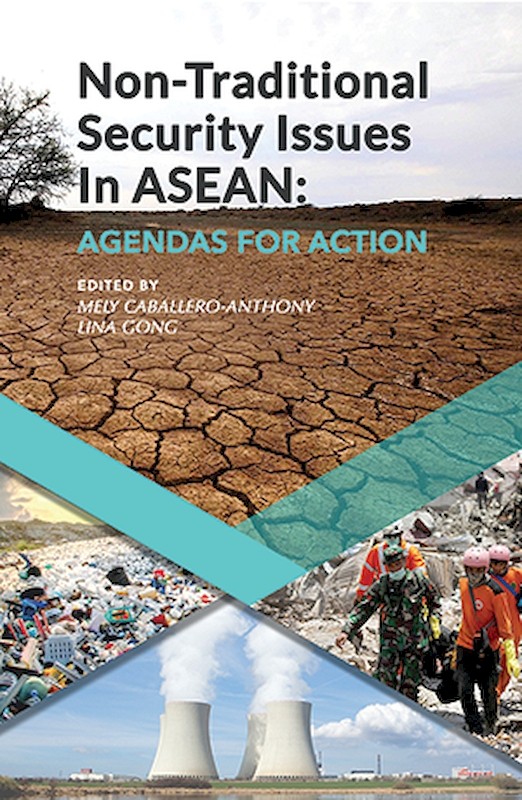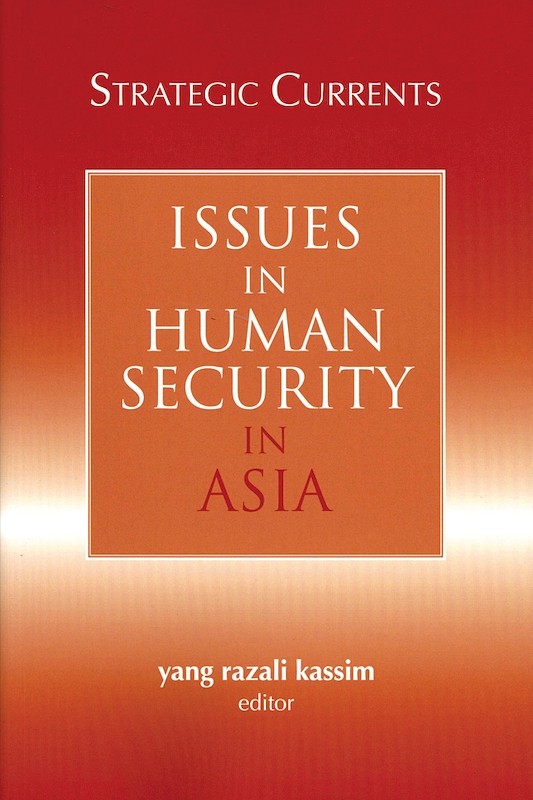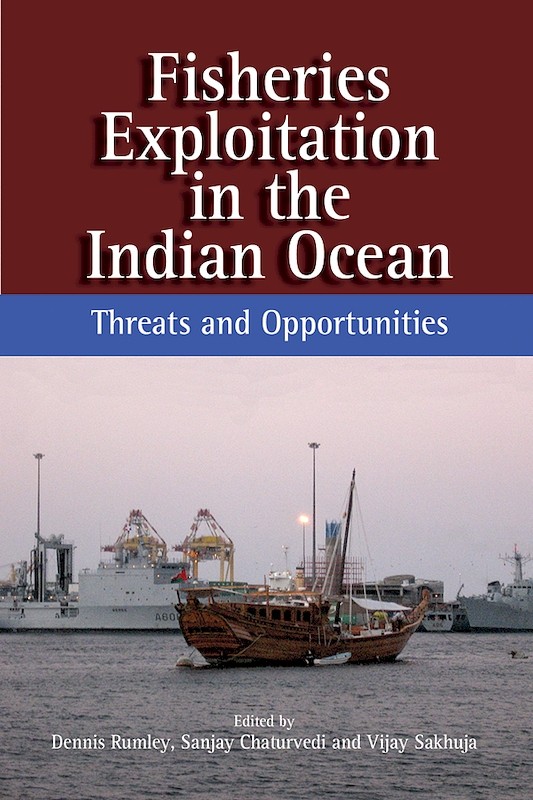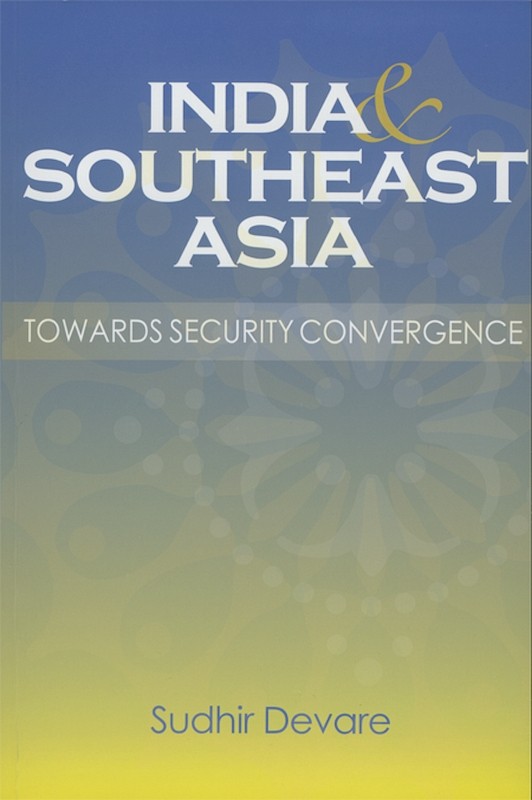ASEAN-India-Australia: Towards Closer Engagement in a New Asia
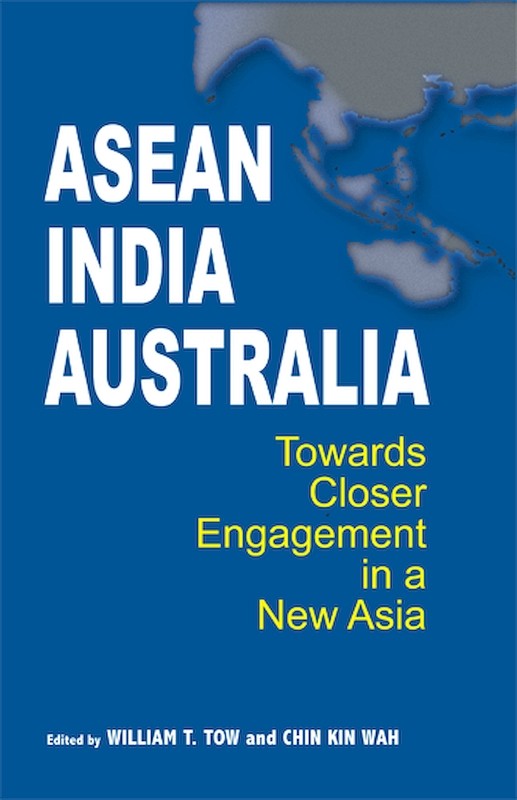
Date of publication:
2009
Publisher:
Institute of Southeast Asian Studies
Number of pages:
417
Code:
BM378
Reviews
"This edited volume faithfully captures the narrative of the 'new Asia', arguing that three interlocking developments -- the growing regional influence of China, the evolving regional security architecture, and the rise of transnational threats -- have set the stage for rapprochement between a regional institution (ASEAN) and two countries: a rising great power (India) and a middle power (Australia). The past, present and future prospects of this nascent trilateral relationship are examined within the rubric of traditional and non-traditional security themes. This book is thus a welcome and timely contribution to the ongoing theoretical and strategic debate on Asia's regional architecture and order-building. The first four chapters is the strongest section of the book: the marriage of theory with practice from the perspectives of ASEAN, India and Australia in individual chapters gives the readers a balanced assessment of the 'state of Asia's regional architecture', capped off by the fourth chapter that effectively integrates the findings from the previous chapters. The book also provides a detailed account of NTS challenges faced by ASEAN, India and Australia, allowing readers to acquire a more nuanced understanding of their respective strategic positions and priorities. This volume is worth the read. I recommend it for students of international relations, regionalism and securitization theorists, as well as security practitioners who cover the non-traditional security arena in Asia" (Pacific Affairs).
About the publication
India's emergence of a great power has sensitized its regional neighbours to its growing role as a key security actor in an increasingly interdependent world. Both Australia and ASEAN now view India as a major player in the formulation and application of their own broad security agendas. This emerging trilateral compendium is particularly evident in such policy areas as maritime security, climate change, energy security, law enforcement, "good governance" and the politics of security institutions or "architectures". This book represents one of the first systematic efforts to consolidate these diverse but important concerns into an overarching framework for ascertaining and cross-comparing how these three entities are approaching these policy challenges, individually and collectively. It argues that the dynamics underlying their intensifying security relations are sufficiently important to conceptualize them as a distinct analytical framework that needs to be understood in the larger context of Asia-Pacific security politics.
Contents
-
ASEAN-India-Australia: Towards Closer Engagement in a New Asia
[Whole Publication, ISBN: 9789812309648] -
Preliminary pages with Introduction by Robin Jeffrey
- PART I: EMERGING REGIONAL SECURITY
-
1. Emerging Regional Security Architecture: An Australian Perspective, by William Tow, Brendan Taylor, authors
-
2. Emerging East Asian Regional Architecture: ASEAN Perspectives, by Chin Kin Wah, author
-
3. India in the Emerging Asian Architecture: Prospects for Security Cooperation with ASEAN and Australia, by C Raja Mohan, author
-
4. ASEAN, Australia, and India in Asia's Regional Order, by Deepak Nair, author
- PART II: ENERGY SECURITY
-
5. Regional Energy Security: A Challenging Objective?, by Stuart Harris, author
-
6. Energy Security: An ASEAN Perspective, by Elspeth Thomson, author
-
7. India's Perspectives on Energy Security, by Ligia Noronha, author
- PART III: CLIMATE CHANGE
-
8. The Strategic Implications of Climate Change, by Alan Dupont, author
-
9. Climate Change: An ASEAN Perspective, by Michael Richardson, author
-
10. Indian Perspectives on Climate Change, by T.P. Singh, Sharai Lewis-Gruss, authors
- PART IV: MARITIME SECURITY
-
11. Australia and Maritime Security in the Northeast Indian Ocean, by Chris Rahman, author
-
12. ASEAN Maritime Security Perspectives: Enduring Partnerships, by Ramli H Nik, author
-
13. Maritime Security Triangulation of ASEAN-Australia-India: An Indian Perspective, by W Lawrence S Prabhakar, author
-
14. Governance in Australian Discourse, by William Maley, author
-
15. ASEAN Charter and Perspectives of Governance and Democracy in Asia, by Ho Khai Leong, author
-
16. The Problem of Governance in India, by Sarbeswar Sahoo, author
- PART V: LAW ENFORCEMENT/COMBATING INTERNATIONAL CRIME
-
17. Implications of the Growing Prevalence of Interregional Crime for Cooperation in the Asia-Pacific Region, by Sandy Gordon, author
-
18. Australian Perspectives on Regional Law Enforcement: Issues and Challenges, by Grant Wardlaw, author
-
19. Countering International Crime in an ASEAN Context: Singapore's Perspective, by Lock Wai Han, author
-
20. Indian Perspectives on Law Enforcement against International Crime, by Hormis Tharakan, author
-
21. Conclusion, by Pritam Singh, Michael Wesley, authors
-
Bibliography
-
Index


